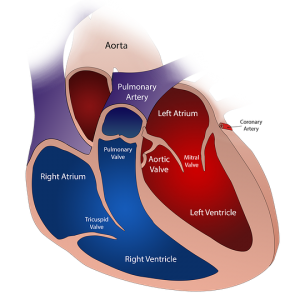Featured Products
- In-Stock Tumor Cell Lines
- Human Orbital Fibroblasts
- Human Microglia
- Human Pulmonary Alveolar Epithelial Cells
- Human Colonic Fibroblasts
- Human Type II Alveolar Epithelial Cells
- Human Valvular Interstitial Cells
- Human Thyroid Epithelial Cells
- C57BL/6 Mouse Dermal Fibroblasts
- Human Alveolar Macrophages
- Human Dermal Fibroblasts, Adult
- Human Lung Fibroblasts, Adult
- Human Retinal Muller Cells
- Human Articular Chondrocytes
- Human Retinal Pigment Epithelial Cells
- Human Pancreatic Islets of Langerhans Cells
- Human Kidney Podocyte Cells
- Human Renal Proximal Tubule Cells
Primary Cells
Explore Products



 Bovine Aortic Endothelial Cells (BAEC) are primary endothelial cells isolated from the aortic tissue of cows, exhibiting an adherent growth pattern. These cells contribute to vascular homeostasis by regulating vasoconstriction, angiogenesis, and inflammatory responses. BAEC are widely utilized to study endothelial dysfunction and vascular pathologies such as atherosclerosis, thrombosis, and hypertension, particularly under conditions mimicking oxidative stress or hyperglycemia conditions. They express high levels of endothelial-specific markers, including CD31 and von Willebrand factor (vWF). BAEC are cryopreserved at early passages and require careful handling to avoid repeated freeze-thaw cycles.
Bovine Aortic Endothelial Cells (BAEC) are primary endothelial cells isolated from the aortic tissue of cows, exhibiting an adherent growth pattern. These cells contribute to vascular homeostasis by regulating vasoconstriction, angiogenesis, and inflammatory responses. BAEC are widely utilized to study endothelial dysfunction and vascular pathologies such as atherosclerosis, thrombosis, and hypertension, particularly under conditions mimicking oxidative stress or hyperglycemia conditions. They express high levels of endothelial-specific markers, including CD31 and von Willebrand factor (vWF). BAEC are cryopreserved at early passages and require careful handling to avoid repeated freeze-thaw cycles.